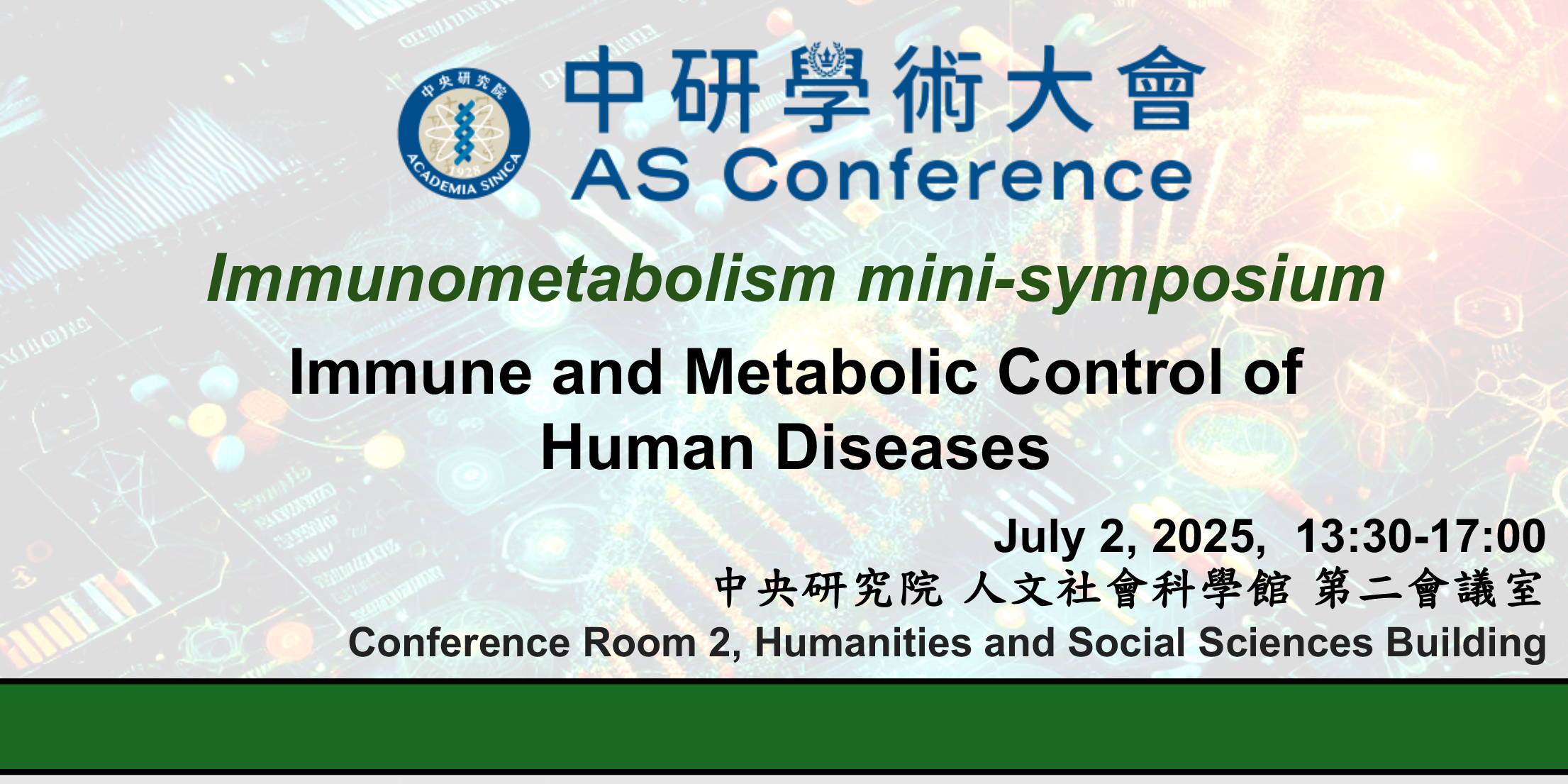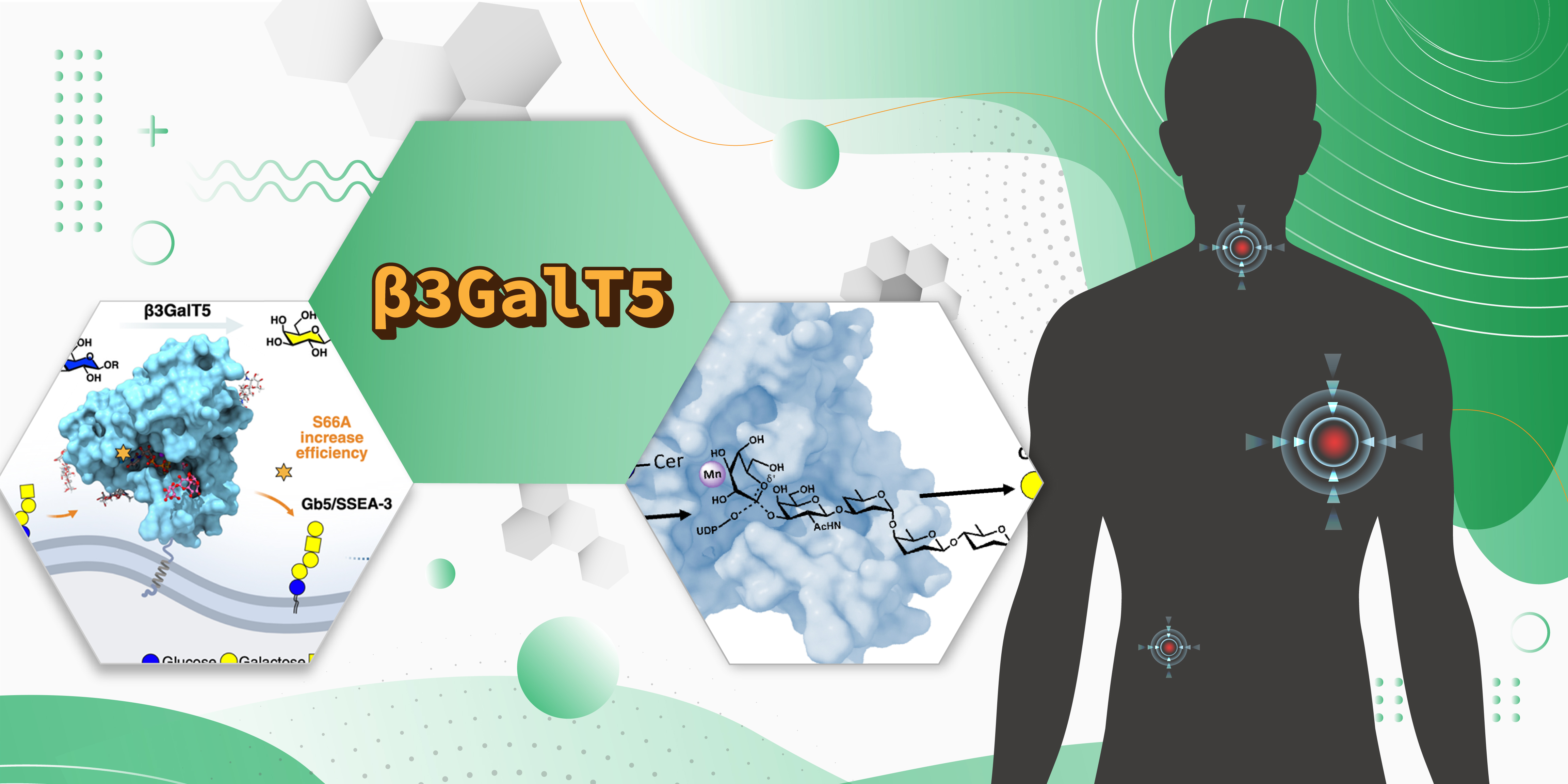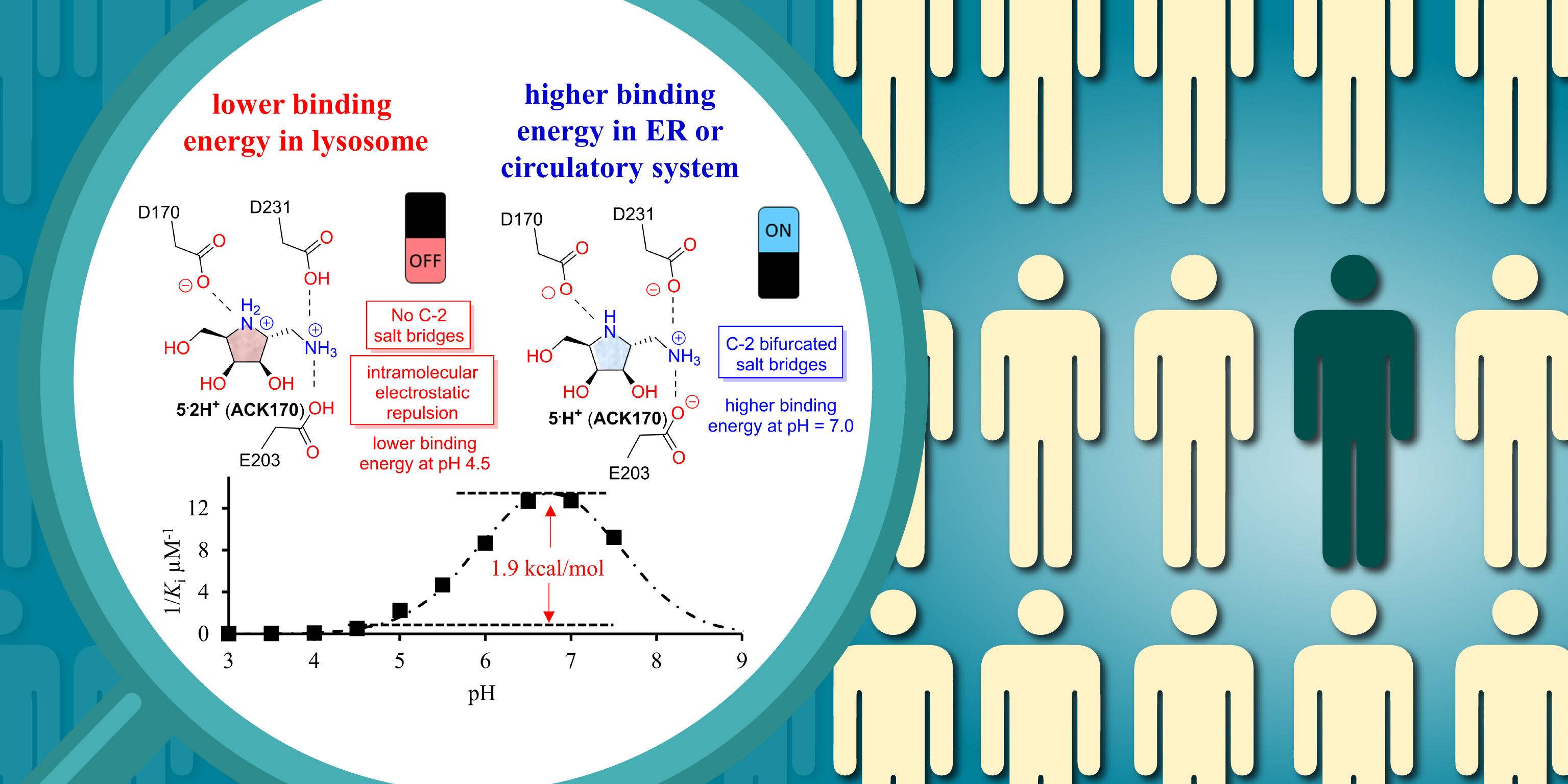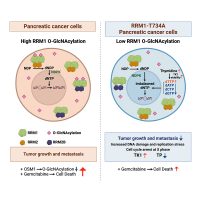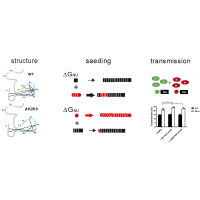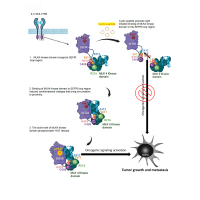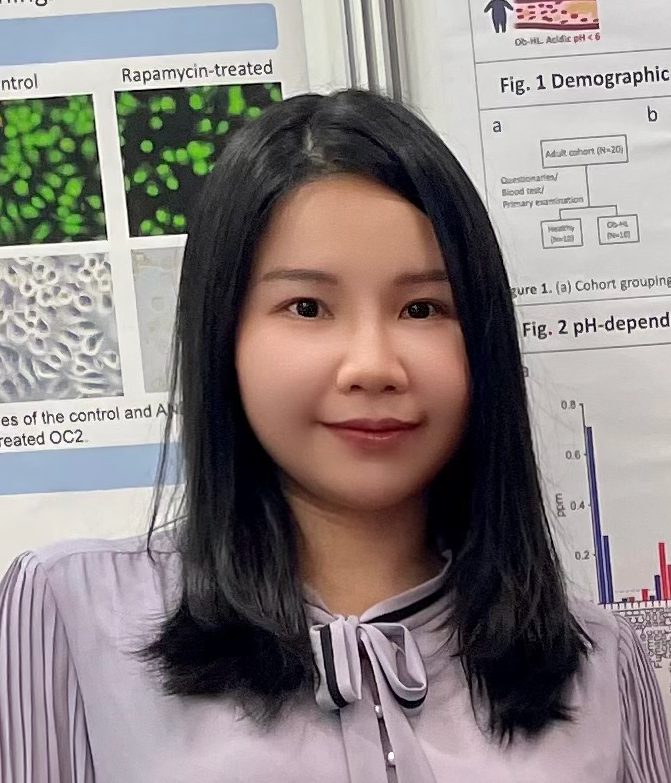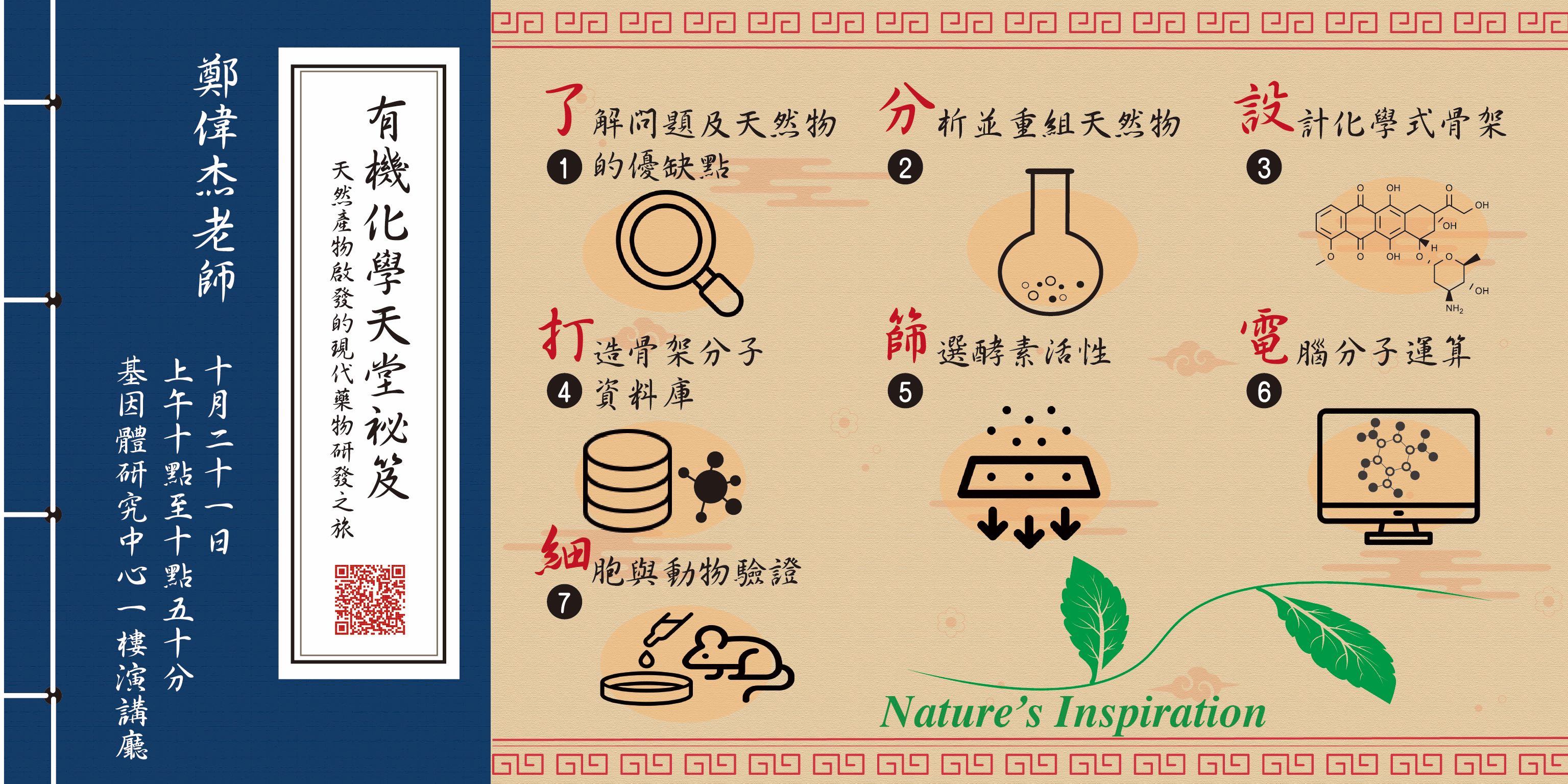語言
LATEST PUBLICATIONS
HONORS & APPOINTMENTS
-
Congratulations to Debapriya Kundu and Chia-Yi Ho from Dr. Yun-Ru (Ruby) Chen‘s Lab for receiving the Honorable Mention in the…Read More
-
Congratulations to Dr. Chien-Te Chou and Yi-Hsueh Lin from Dr. Li-Jung Juan‘s Lab for receiving the Honorable Mention in the…Read More
-
Congratulations to Ms. Dan-Ni Wu from Dr. Chun-Mei Hu's Lab for being awarded the 2025 AS-TIGP Ph.D. Students' Research Progress Fellowship.Read More
-
Research in GRC Series
Research News
- All
- PopularScience
- ResearchNews
load more
hold SHIFT key to load all
load all
